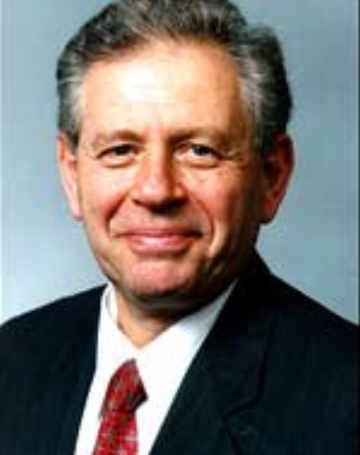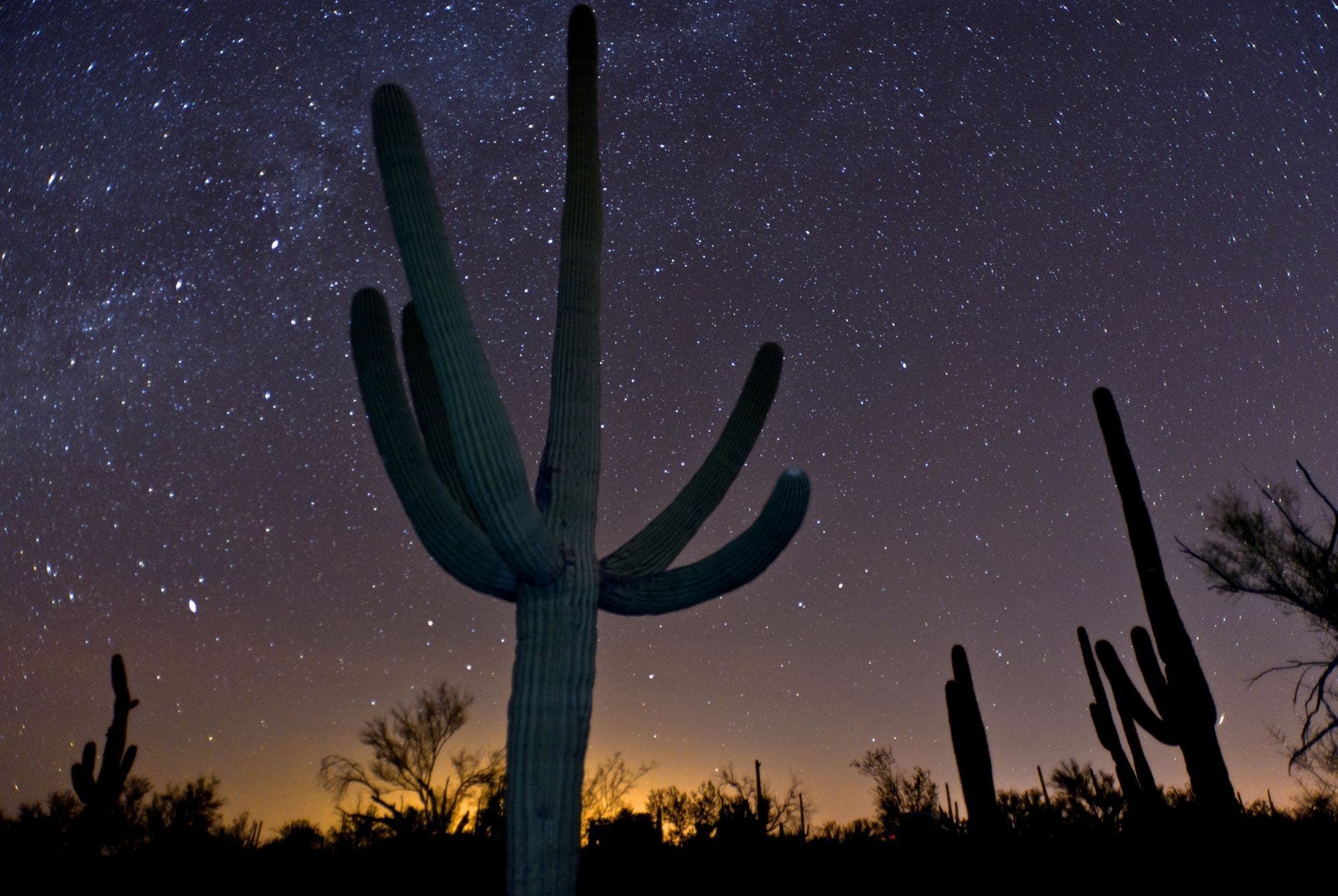Scientist Profile
In December of 1992, while looking at the beautiful night sky in Phoenix Arizona, Russian scientist Dr. Vladimir Ginzburg saw a multi-level spiral spacetime he now calls “helicola”. He saw it permeating the entire universe and defining the paths of all celestial bodies. This lead him to a theory with the prime elements of nature called the toryx and helyx, and finally to his Unified Spacetime Multiverse (USM).
All this inspired by what has inspired so many to seek truths about the universe: looking up into the amazing night sky. You can read the story behind his scientific inspiration as well as other “eureka stories“.
Vladimir B. Ginzburg was born in Moscow, Russia. He received an M.S. degree in mechanical engineering (1961) and a Ph.D. degree in technical sciences (1968). He moved to the United States with his family in 1974 where his principal occupation was the development of computer models for simulation of technological processes. The author of numerous articles and several books related to engineering, Vladimir Ginzburg holds over 60 U.S. and foreign patents. In parallel with his work in engineering, he conducts intensive research in physics. The main topic of his research is the vortex theory. He presented the results of his research in several scientific papers and three books. In this book he outlines the history of the vortex theory along with the basic concept of the 3-dimensional spiral string theory (3D-SST) that explores several exciting aspects of nature.
![]()


